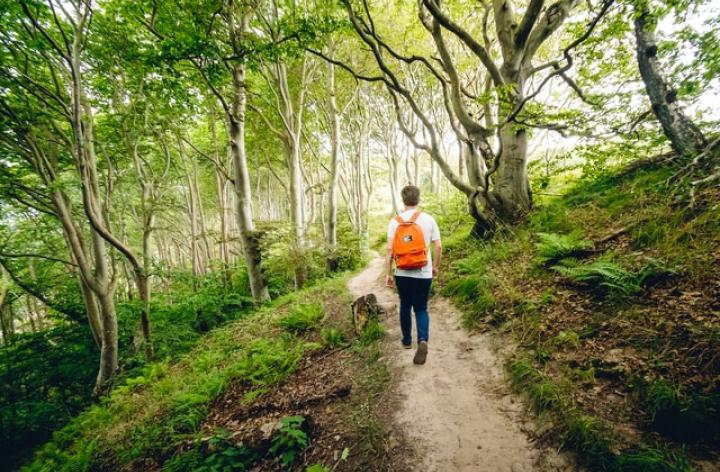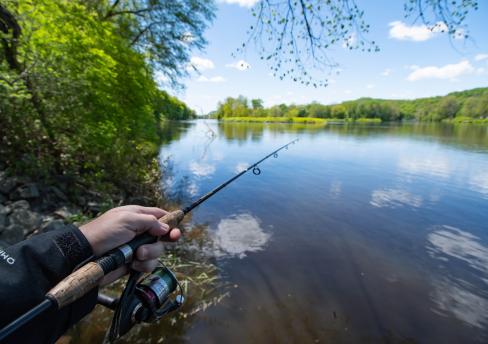The Land Reform (Scotland) Act 2003 (the 2003 Act) allows everyone access to most land and inland water in Scotland for certain purposes.

These access rights are always conditional upon the access being exercised responsibly. The Scottish Outdoor Access Code (SOAC) provides guidance on the public's right to access land. However, since the introduction of the Land Reform (Scotland) Act 2003 (the Act) there have been several high profile cases that have considered the extent of the public's right to roam and arguably these cases have left the public and landowners alike, unclear about access rights.
The right of public access is more than mere passage and includes the right to be on the land for certain specified purposes such as:
- Educational purposes;
- Recreational purposes; and
- Limited types of commercial activity
SOAC provides further details about what constitutes educational and recreational purposes. There are a number of activities that can be classed as recreational. For example, sightseeing, taking photographs of the landscape and walking a dog. An educational activity is one that a person performs for the purposes of furthering that person's understanding of natural or cultural heritage, or enabling or assisting another person in that same endeavour. The natural heritage of land includes the flora and fauna of land, its geological and physiographical features and its natural beauty. It is also permissible to carry out some commercial activities which could be carried out as recreational activities, using public access rights, for example guiding a hike for profit. Importantly, not all commercial activity is permitted, the Act provides a list of activities that are considered irresponsible. It provides that persons on the land for the purposes of carrying on an activity or for profit, are to be treated as conducting themselves in an irresponsible manner if they take away anything in or on the land for this purpose. For example, removing any flora and fauna to sell or use in the production of products is prohibited and the public are not permitted to access land for this purpose.
While access rights in Scotland may appear extensive there are a number of exemptions to the right to roam contained in section 6 of the Act. This section lists land in respect of which access rights are not exercisable. Land that is excluded from public access includes school playing fields, land which is under construction and farm land on which there are sown crops, amongst others.
The Act also restricts access to gardens around houses. The size of garden or land surrounding a house that can be excluded from public access is undefined, consequently this question has had significant consideration from the courts. The answer very much depends on the set of circumstances and the property itself. In Snowie v Stirling Council 2008 the landowner unsuccessfully tried to exclude 70 acres of land from public access. In contrast in Gloag v Perth and Kinross 2007 the landowner successfully excluded 11 acres of land from public access. The circumstances in each of these cases were very different. Whilst the cases may have had differing outcomes, however, it is clear that home owners are entitled to privacy in their own homes and can expect not to be concerned by the public breaching their right to privacy.
The requirement of responsibility is not limited to the public, it is also required by landowners. Landowners are under an obligation to ensure that the public are able to exercise their right to roam over the land that they own and are prohibited from obstructing or discouraging others from exercising their right to access. They must use and manage their land in a responsible way, having regard to the rights of the public.
If any question arises over the public's right to access your land it is important to refer to the Act and SOAC to confirm that (i) the exercising of the right falls within the permitted purposes (ii) the behaviour is being exercised responsibly and (iii) the land being accessed is not excluded from the public.
The content of this webpage is for information only and is not intended to be construed as legal advice and should not be treated as a substitute for specific advice. Morton Fraser LLP accepts no responsibility for the content of any third party website to which this webpage refers. Morton Fraser LLP is authorised and regulated by the Financial Conduct Authority.










